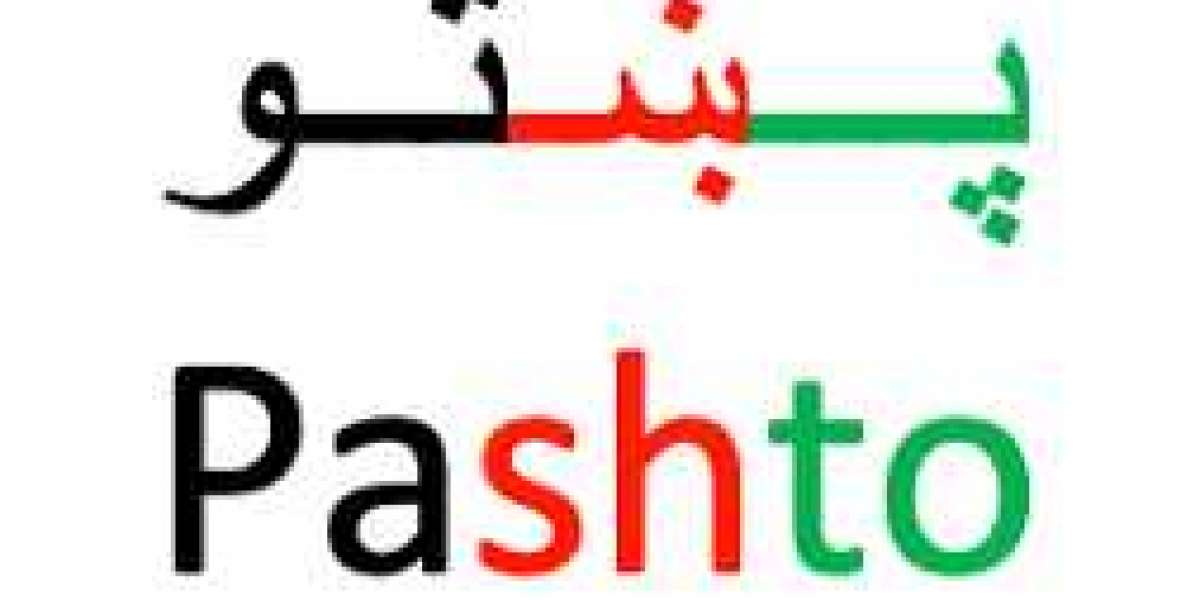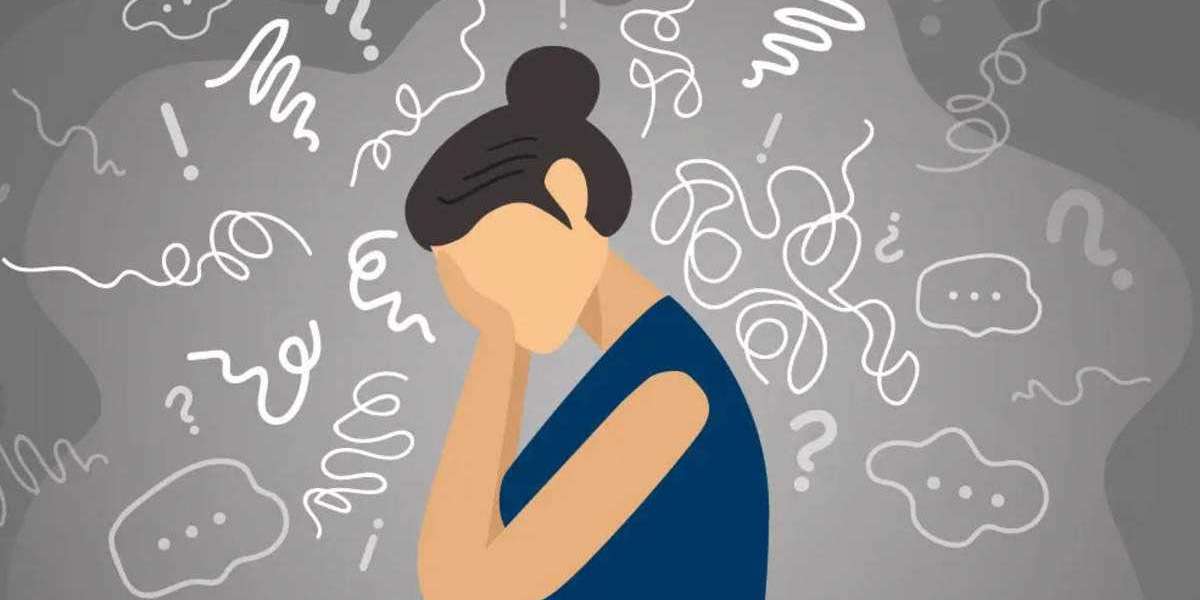Introduction
Pashto, also known as Pakhto, is an Iranian language spoken primarily by the Pashtun people in Afghanistan and Pakistan. It is one of the two official languages of Afghanistan, along with Dari, and holds great cultural and historical significance in the region. In this article, we will dive deep into the world of Pashto, exploring its origins, unique features, and its role in shaping the rich cultural heritage of the Pashtun community.
What is Pashto?
Pashto is a member of the Eastern Iranian branch of the Indo-Iranian language family. With over 60 million speakers worldwide, it is the second-largest Iranian language after Persian. Pashto boasts a rich literary tradition, with works dating back several centuries. It has its unique writing system known as the Pashto script, derived from the Perso-Arabic script.
The Origins of Pashto
The origins of Pashto can be traced back to ancient times, with influences from various languages and cultures. It is believed to have evolved from ancient Iranian languages spoken in the region now known as Afghanistan and Pakistan. Pashto has also been influenced by neighboring languages such as Arabic, Persian, and Turkic languages.
Characteristics of Pashto
Phonetics and Phonology
Pashto has a diverse phonetic inventory, with a wide range of consonant and vowel sounds. It is known for its extensive vowel system, with long and short vowels playing a significant role in distinguishing meaning. The language also exhibits a complex syllable structure, allowing for a variety of possible word formations.
Grammar and Syntax
Pashto grammar follows a subject-object-verb (SOV) word order, which sets it apart from English and other Indo-European languages. Nouns and adjectives in Pashto are inflected for gender, number, and case. Verbs are also inflected to indicate tense, aspect, mood, and agreement with the subject.
Vocabulary and Lexicon
The Pashto lexicon has been greatly influenced by historical interactions with neighboring languages. It contains a wide range of loanwords from Persian, Arabic, and English. Pashto vocabulary also includes many native words, reflecting the cultural and historical identity of the Pashtun people.
Cultural Significance of Pashto
Pashto plays a vital role in preserving the cultural heritage of the Pashtun community. It serves as a medium for oral tradition, poetry, and folk music. Pashto literature has a rich collection of poetry, with renowned poets like Rahman Baba and Khushal Khan Khattak contributing to its vibrant literary tradition. To Learn Pashto, visit online websites many tutors will help you to learn Pashto.
The Pashtunwali, a traditional code of conduct, is deeply rooted in Pashto culture. It encompasses values such as hospitality, loyalty, and honor, which are considered essential in the Pashtun way of life. The language acts as a vehicle for transmitting these cultural values from one generation to another.
FAQs
Q: How many people speak Pashto?
A: Pashto is spoken by over 60 million people worldwide, primarily in Afghanistan and Pakistan..sparktv
Q: Is Pashto similar to Persian?
A: Pashto and Persian are both Iranian languages but belong to different branches within the Indo-Iranian language family. While they share some similarities, they are distinct languages with unique features.
Q: Can I learn Pashto online?
A: Yes, there are various online resources, language courses, and apps available to learn Pashto.
Q: Are there dialects in Pashto?
A: Yes, Pashto has several dialects, including Northern Pashto, Southern Pashto, and Central Pashto. These dialects exhibit variations in pronunciation, vocabulary, and grammar.
Q: Is Pashto written from left to right?
A: No, Pashto is traditionally written from right to left, similar to other right-to-left scripts such as Arabic and Persian.
Q: Are there any Pashto festivals or celebrations?
A: Yes, Pashtun culture has various festivals and celebrations, such as the Pashto New Year called "Nawroz," which is celebrated on the first day of spring.
Conclusion
Pashto, with its rich history, linguistic uniqueness, and cultural significance, holds a special place in the hearts of the Pashtun people. It serves as a symbol of identity and heritage, preserving the traditions and values of this vibrant community. By exploring the depths of Pashto, we can gain a deeper understanding of the Pashtun culture and appreciate the beauty of this ancient language.









